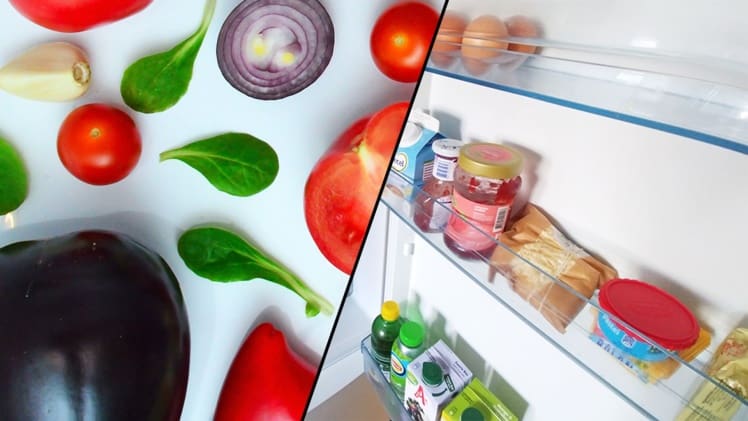Vegetables are an important part of a balanced diet, and the way you store them can have an impact on their flavor and nutritional value. The Dutch Nutrition Centre recommends storing certain vegetables outside of the fridge to get the most out of them.
Storing Veggies Outside the Fridge
Storing vegetables outside of the fridge is a great way to keep them fresh and full of flavor. Vegetables like potatoes, onions, garlic, and squash should all be kept in a cool, dry place, away from direct sunlight. It’s important to make sure that the area is well-ventilated so the vegetables don’t become damp or moldy. Keeping them in a paper or cloth bag, or in a basket, can help to absorb any excess moisture.
Benefits of Room Temperature Storage
Storing vegetables at room temperature has several benefits. It helps to preserve their flavor and texture, and can also help to maximize their nutritional value. For example, potatoes that are stored at room temperature are richer in Vitamin C than those stored in the fridge. Storing vegetables like onions and garlic at room temperature can also help to prevent them from sprouting. Additionally, room temperature storage can help to reduce food waste, as vegetables stored outside of the fridge can last for several weeks.
Storing vegetables outside of the fridge can help to preserve their flavor and maximize their nutritional value. The Dutch Nutrition Centre recommends storing certain vegetables like potatoes, onions, garlic, and squash at room temperature, in a cool, dry place away from direct sunlight. Proper room temperature storage can also help to reduce food waste, as vegetables can last for several weeks.

